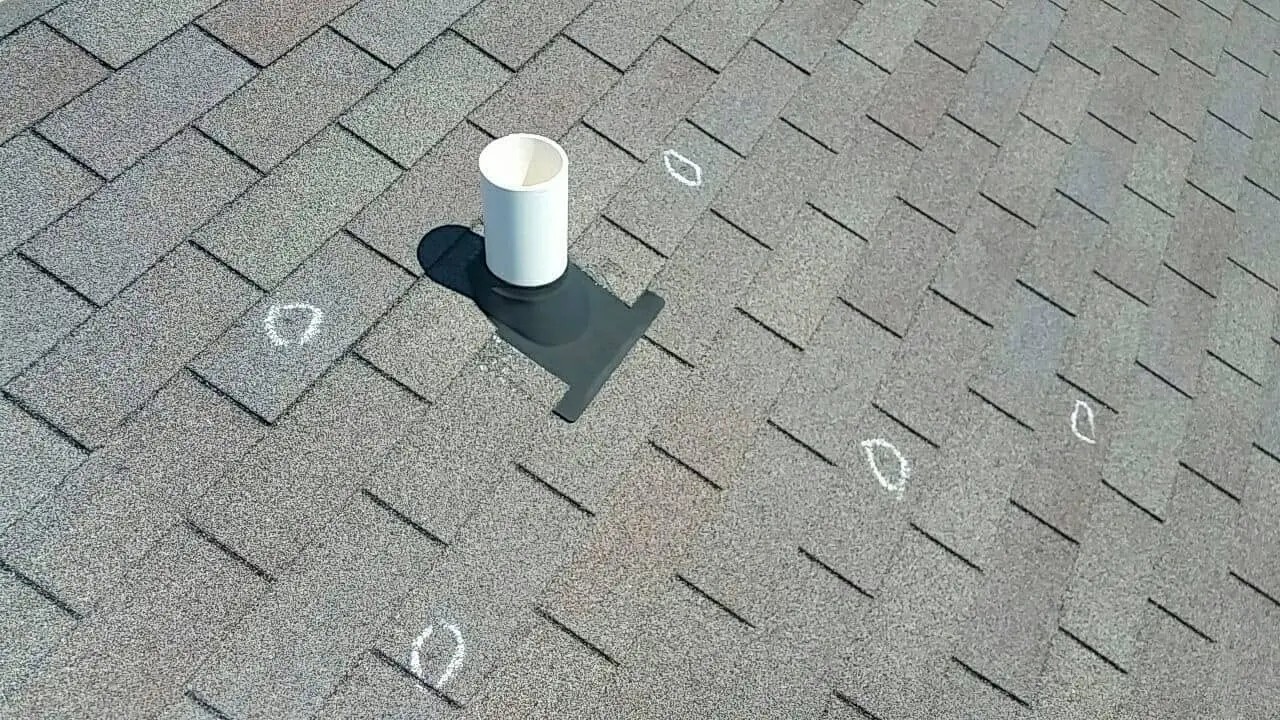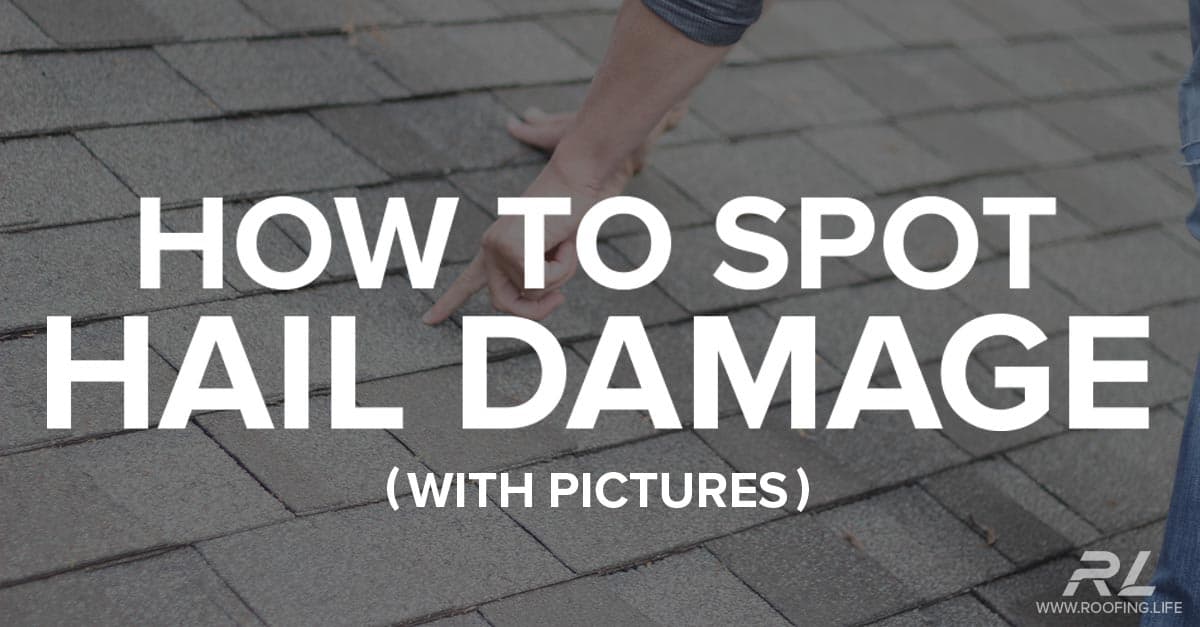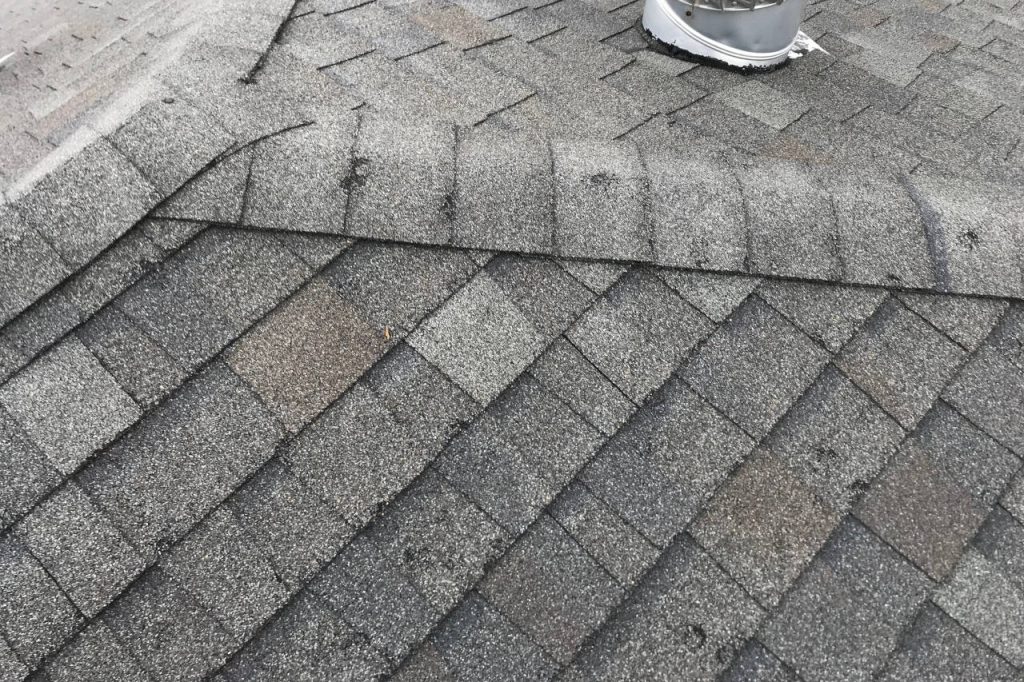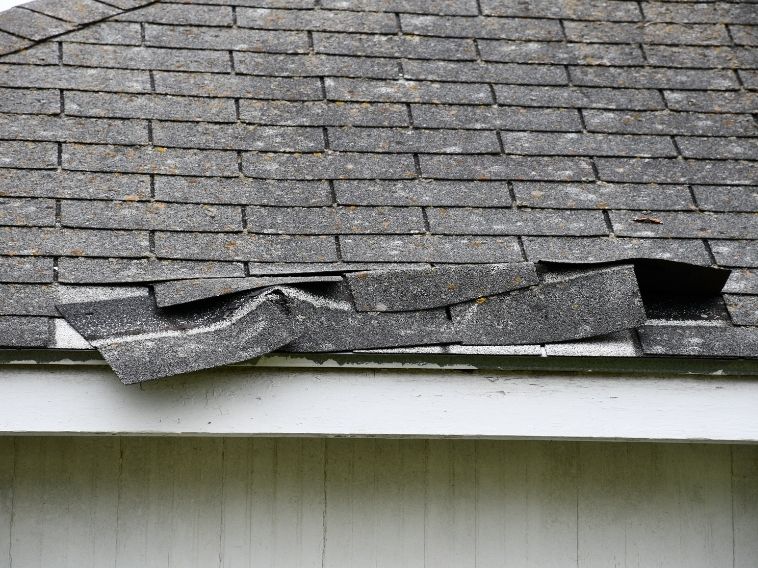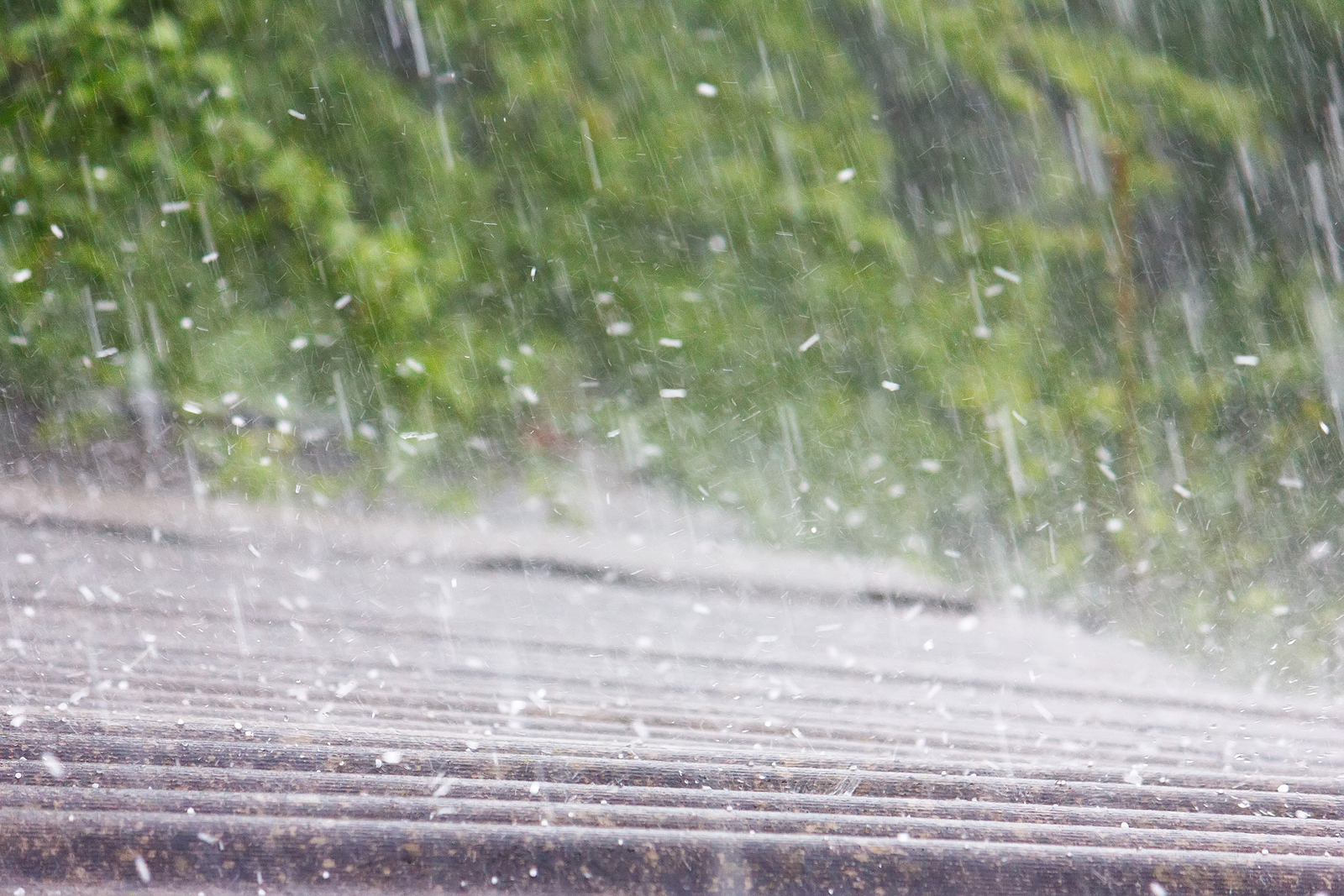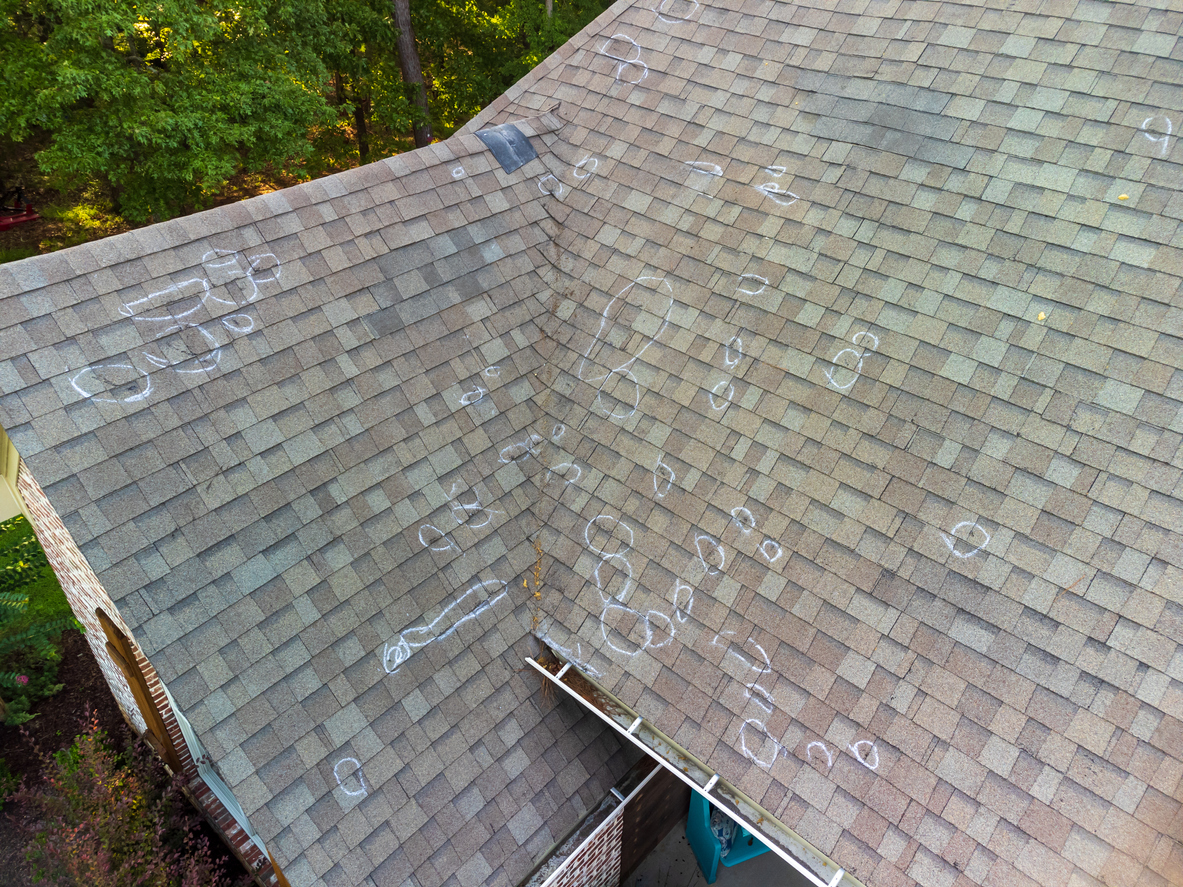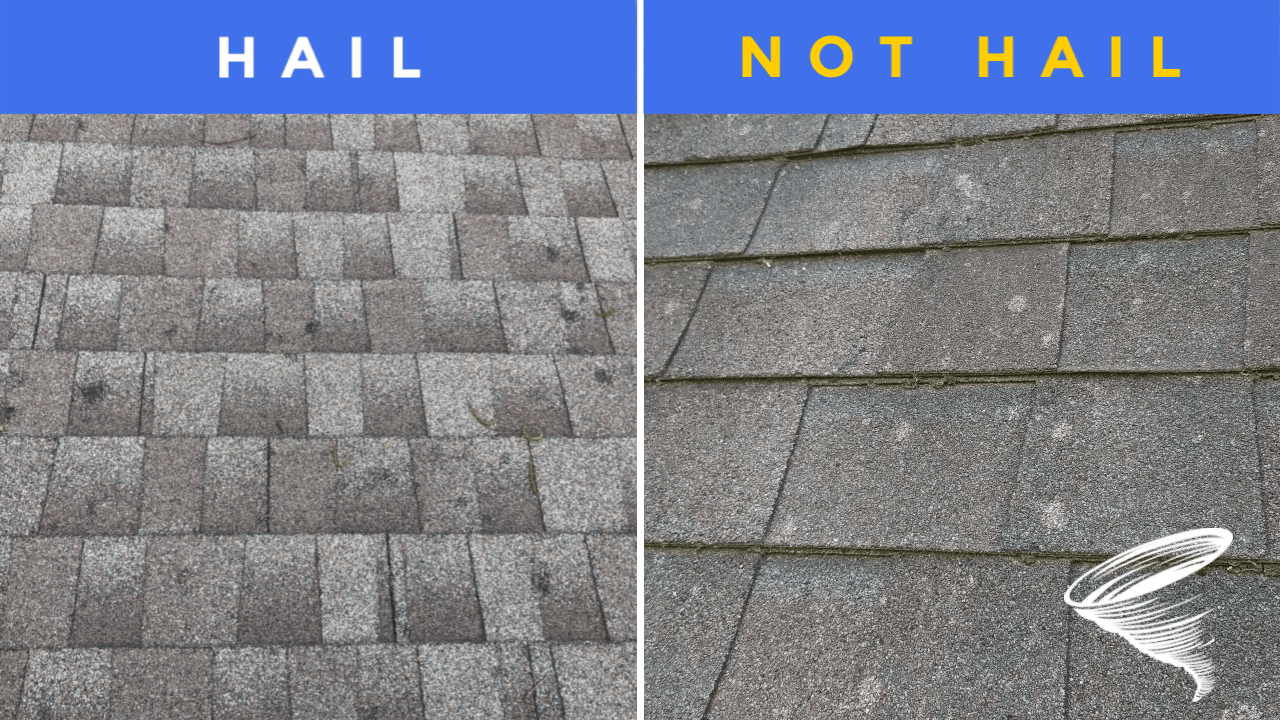Peerless Info About How To Tell If A Roof Has Hail Damage
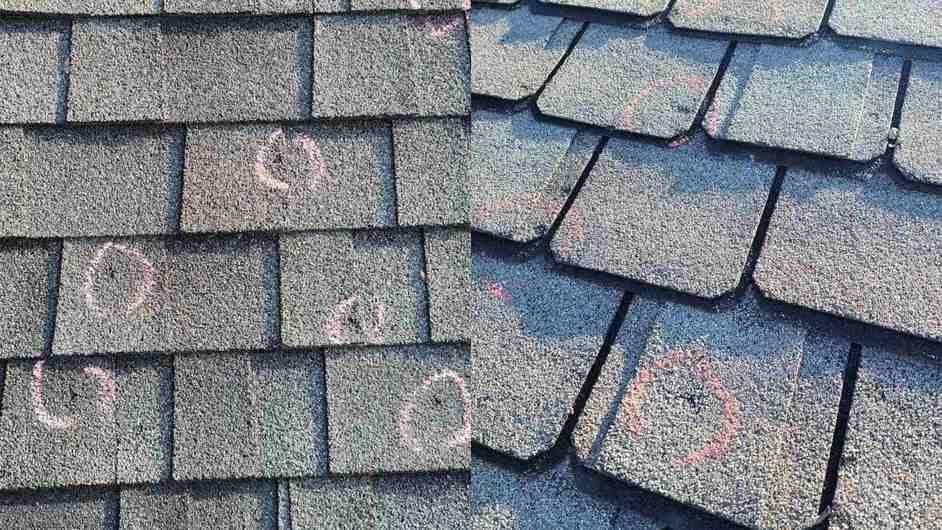
Bare patches on individual shingles.
How to tell if a roof has hail damage. Just by taking a quick walk around your property, you can check the siding and window sills of the building for hail damage. How to tell if your roof has hail damage. There are a few signs that you may have cosmetic hail damage on your roof:
A possible hail damaged standing seam metal roof will have dents. The best way of identifying denting on your roof is running your hand across your roof. Familiarizing yourself with the signs of hail damage can help you determine whether the damage warrants professional inspection and repair.
Shingles may also be cracked or even. Some contractors may be roaming neighborhoods, telling homeowners they have hail. Use these tips to figure.
Hailstones can hit the shingles with enough force to cause. Keep in mind that the duration and cost of repairs will vary. The most common signs of hail damage on your roof are dents, cracks, and granules in the shingles.
Dents are caused when hail hits the roof and creates an indentation in the. Functional damage and cosmetic damage. You may notice that dents/splatter marks appear on your roof vents, gutters, flashings, and other penetrations.
¼ inch a mild hailstorm produces. If you do see any ‘dimples’ or irregularities on your roof, then this is a sign of impact. Dents and dings on your siding or window sills.
Dings or dents in roofing vents. Dents or marks on the surface of the roof. A hail damaged asphalt shingle roof will have small black spots.
If you have missing or broken shingles, it’s likely that hail. Black marks or “bruises” on your shingles. Asphalt granules in the gutters.
Variation in shingle colors that look like bruising—this may be due to granule loss. Unless the damage to your home or business is severe, hail rarely causes leaks. Knowing what hail size can cause roof damage can help you to know when’s the right time to contact a roofing contractor.
Key signs of hail damage to look for on shingles include visible dark spots on your roof, indicating potential impact damage. Once a hail storm stops, the first step for any homeowner is to identify the location and extent of any damage. Look for visible signs of hail damage such as:

